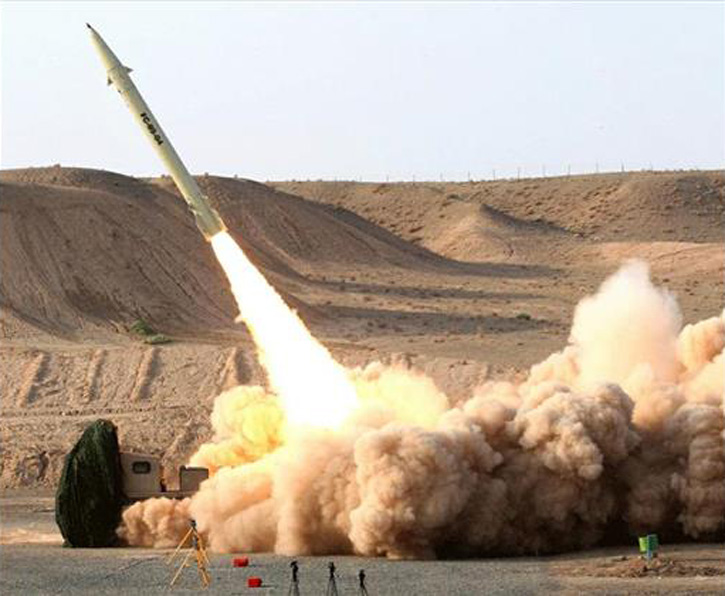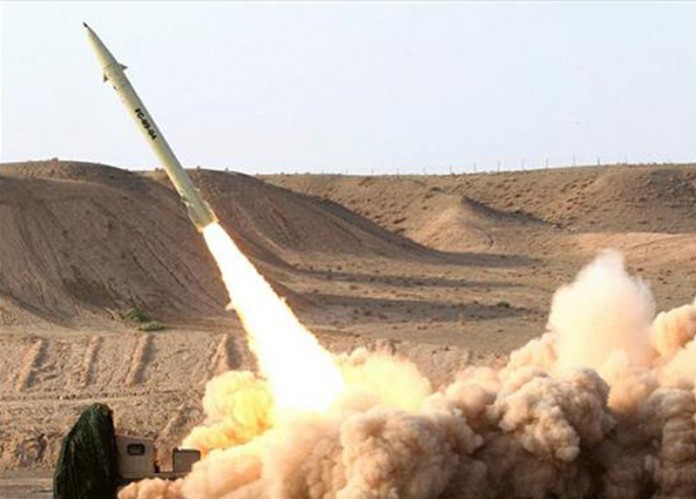
Iranian and Lebanese sources have recently confirmed that the Iranian backed Lebanese group Hezbollah has received the Iranian Fateh-110 guided ballistic missiles, and inducted the weapon into its missile arsenal. With a range of 250-350 km the new missile can hit targets provides the group with a capability to hit any target in Israel up to the northern Negev.
Brigadier General Seyed Majid Moussavi Lieutenant Commander of the IRGC Aerospace Force, confirmed last week that the ‘Lebanese and Palestinian resistance groups’ are in possession of Fateh-class missiles which were developed by Iran a few years ago. “Considering the range of their missiles, they are able now to attack all targets from Southern to Northern parts of the occupied territories,” he said.

In another interview the Commander of the IRGC Aerospace Force Brigadier General Amir Ali Hajizadeh confirmed Syria’s missile-production plants had been built by Iran. “The missile production plants in Syria have been built by Iran and the missiles designed by Iran are being produced there,” Hajizadeh said, adding that “The Lebanese Hezbollah and the Palestinian resistance have grown highly powerful in this field (missile production) now.”
Deliveries of such missiles has been regarded by Israel as a ‘red line’, triggering preemptive response. In 2013 the Israel Air Force attacked a shipment of similar missiles near the airport in Damascus. In the past year, Israel is said to have attacked six missile-laden convoys, as well as missile storage sites, both in Syria and Lebanon, in a bid to prevent Syria from delivering ballistic missiles, anti-ship and anti-aircraft to Hezbollah.
You are invited to join our Gold Membership to gain access to the full version of this analysis
More on this subject:
- Lebanese source: Mobile missile launchers can hit any target in Israel
- Fateh 110 missiles in Iran, Syria and Lebanon












